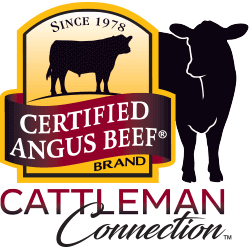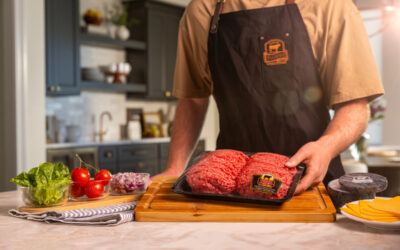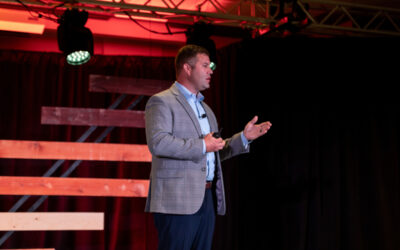
Think about it: Why feeders want info from ranchers
by Miranda Reiman
July 11, 2011
Sometimes people just go on believing things are fact without really thinking them through. Today’s myth is kind of counterintuitive, but we still hear it:
Myth—Feeders have standard processing programs so it doesn’t matter how much information I share with them about ranch care.
Fact—Every feedlot is different, but many work with ranchers to build customized programs.
Stop and think about it. It’s in their best interest (and probably your animals’, too).
In fact, I think every time I’ve ever asked a feedyard manager to tell me about their health program, they say, “It depends on what’s been done on the ranch.”
As a matter of fact, I heard that on one of the very first CAB story stops I ever made to Darnall Feedlot at Harrisburg, Neb.
Gary Darnall said, “In a routine deal we want to visit with the owner. We want to know the health program on those cattle, we want to know the age of those calves. We want to know some history on the herd.”
And his son Lane added, “Management actually starts before the calves ever come in. We work with him and his veterinarian,too,in trying to create a health program to try to facilitate those calves once they get here. And then once we get them here, then it’s hands-on management.”
And that’s a familiar tale I’ve heard over and over again.
In fact, on my most recent story trip I stopped at Gregory Feedlot, near Tabor, Iowa, and I got it again. Manager David Trowbridge added a pretty simple explanation of why they want to know as much as possible about the cattle’s health history.
“We will custom process the cattle based on what the cattle are that we received. We are able to save some money and time and stress
on the cattle by customizing what’s done,” he said. “If they don’t need to go through the chute, they don’t. We have several customers that the cattle come in and they go directly to the pen because they’re vaccinated and they’re implanted, so we don’t do it. We make a special case for every producer to make sure we don’t duplicate and spend money they don’t need to spend.”
So think about that the next time that you sell cattle. It makes more sense for the feeder. Plus the more information, the better chance for your cattle to succeed.
That could mean a higher quality end result and that’s good news for everybody.
May your bottom line be filled with black ink,
Miranda
You may also like
Success, Despite Challenges
Today’s market is complex and competitive. The collective effort of stakeholders across the supply chain positions Certified Angus Beef to meet the record demand for premium beef moving forward. Signals across the beef industry are clear and Angus farmers and ranchers seeking high-quality genetics that deliver premium beef are producing a product in high demand.
Keep the Supply Coming
A record-high 800 registrants from 17 countries gathered in Austin, Texas, to learn more about CAB, become inspired by the culinary work of chefs and pitmasters, and celebrate sales and production success. But at the forefront: supply and demand, a reflection of the chaotic past year, and preparing for what’s ahead.
Consumer Demand, Power of Quality
Demand for high-quality beef persists. But with that demand comes challenges. From tight cattle supplies to higher costs and increasing pressure on retailers to deliver a consistent eating experience, the pressure is on. David O’Diam, CAB VP of retail, addressed the current retail beef environment, highlighting both opportunities and challenges in today’s marketplace.



